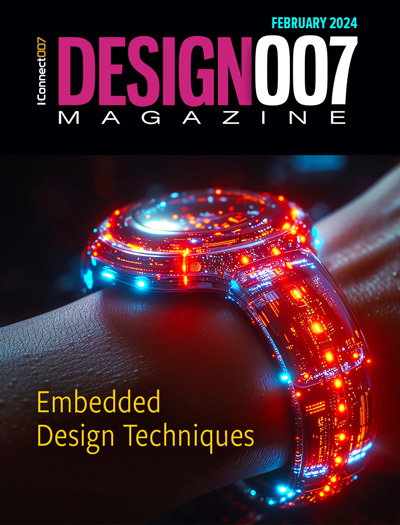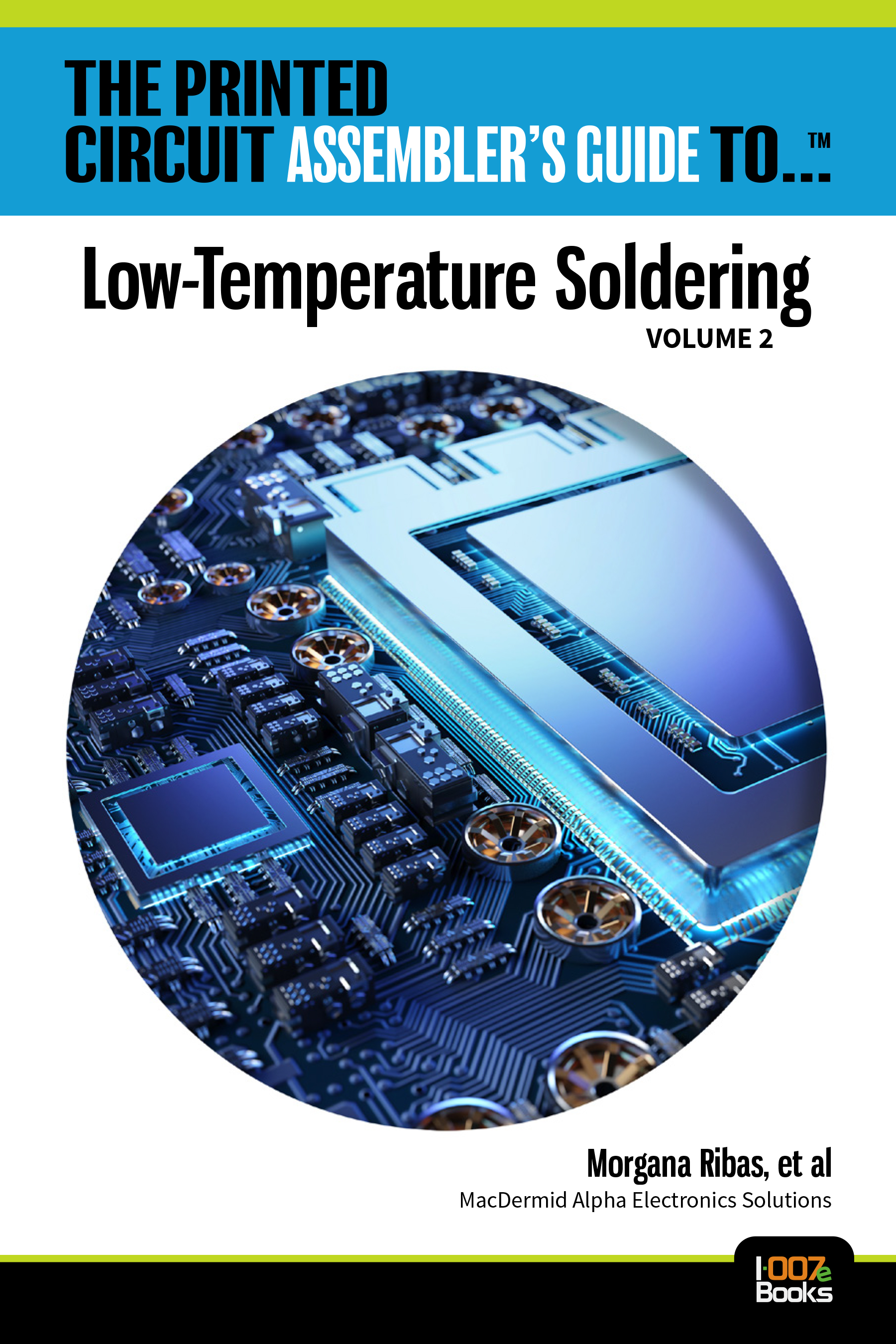-

- News
- Books
Featured Books
- design007 Magazine
Latest Issues
Current Issue
Level Up Your Design Skills
This month, our contributors discuss the PCB design classes available at IPC APEX EXPO 2024. As they explain, these courses cover everything from the basics of design through avoiding over-constraining high-speed boards, and so much more!

Opportunities and Challenges
In this issue, our expert contributors discuss the many opportunities and challenges in the PCB design community, and what can be done to grow the numbers of PCB designers—and design instructors.

Embedded Design Techniques
Our expert contributors provide the knowledge this month that designers need to be aware of to make intelligent, educated decisions about embedded design. Many design and manufacturing hurdles can trip up designers who are new to this technology.
- Articles
- Columns
Search Console
- Links
- Events
||| MENU - design007 Magazine
All Systems Go
Column from: Team Cadence
The Cadence team writes about enabling shorter, more predictable PCB design cycles with better integration of component design and system-level simulation.
Suketu Desai is a senior director of product engineering for the Multiphysics System Analysis Group at Cadence Design Systems. He has over 20 years of experience working in the EDA industry on variety of power and signal integrity problems faced by his customers in the semiconductor industry. He has a master's in electrical engineering from the University of Southern California.
Brad Griffin is a product marketing group director in the System Analysis Group at Cadence Design Systems, Inc. He has over 25 years’ experience in electronics design technologies that enable the design and analysis of integrated circuit packaging and printed circuit board systems for high performance applications such as datacenters, 5G, WiFi6, and 3D-IC. Griffin is a graduate of Arizona State University.
Melika Roshandell is a director of product marketing for the Multiphysics System Analysis Group at Cadence Design Systems. She has over 12 years of experience working in semiconductor industries as a thermal lead. She has a Ph.D in mechanical engineering from the University of California, Irvine.
Nitin Bhagwath is director of product management, PCB front end at Cadence.


